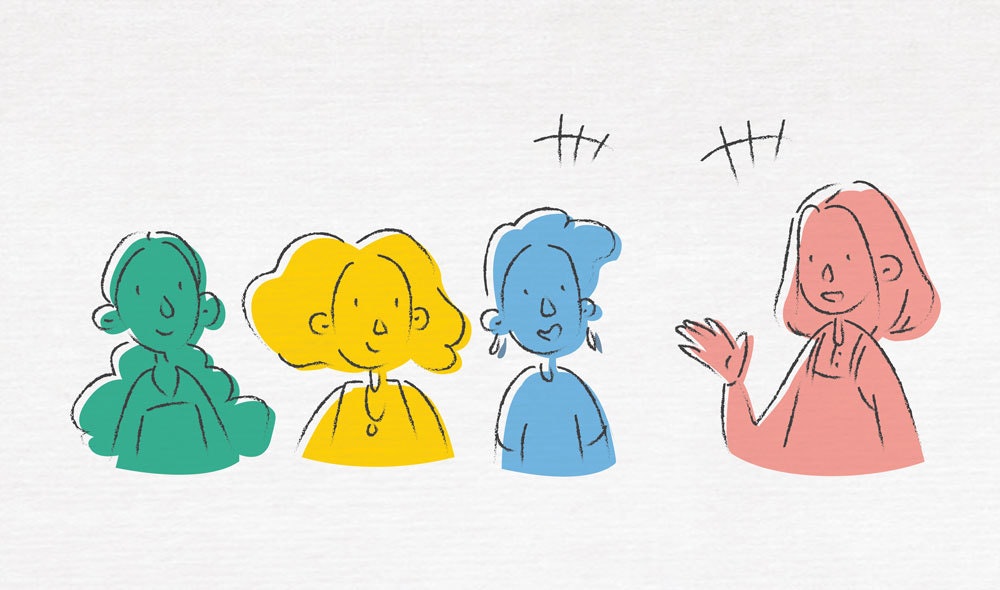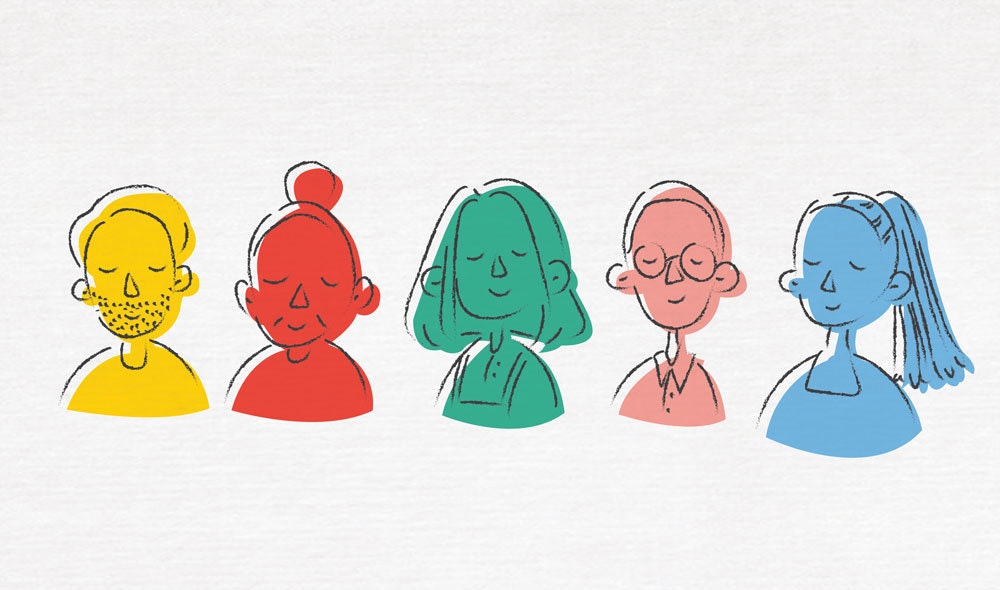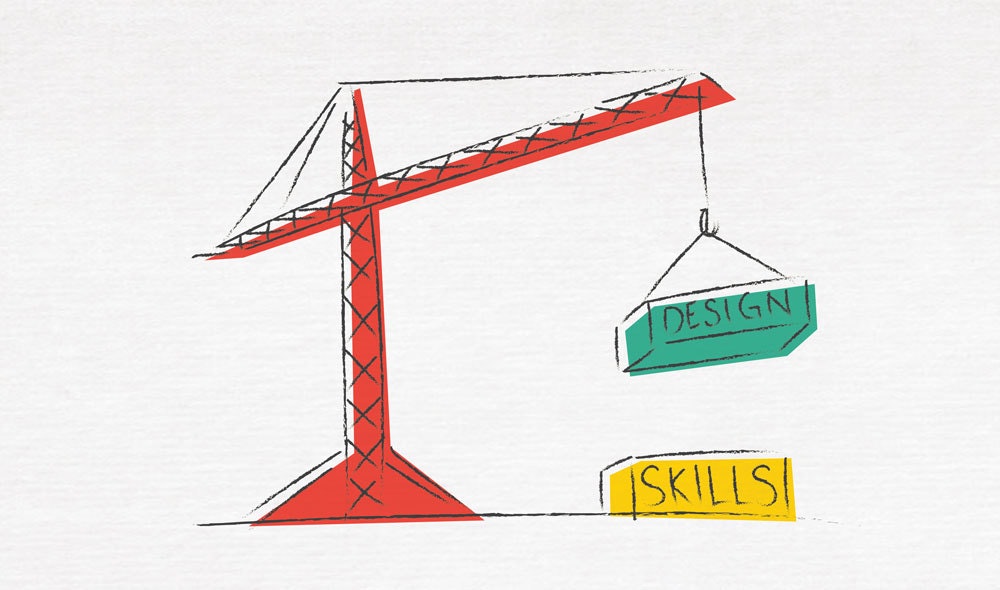The bright side of design constraints: 3 tips for leveraging limitations

Constraints are a designer’s best friend. When you have a small budget or a tight timeframe, constraints help you focus, force tough decisions, and require you to take a very exact approach. The more I design, the more I have come to value constraints. When you’re working on low budgets in emerging economies, with a language barrier, or in rural conditions, embracing the design process is key.
Some of the best lessons I learned on the topic come from my time working at IDEO.org, our non-profit arm, which focuses on improving the lives of people living in poverty.
Here are some key lessons that can strengthen your approach, no matter where you’re designing.

1. Lead with empathy
While at IDEO.org, I worked on Health XO–a team focused on designing better access to birth control. Translation? We went into urban and rural communities throughout East Africa and talked to teens about their sex lives. These conversations are very personal for anyone, but for many of the teens we spoke to, having a sex life before marriage is stigmatized and risky. In this situation, having empathy meant considering all aspects of the topic: the individual experience, cultural taboos, and the larger community.
Because the stakes were high, I found myself paying particular attention to how I conducted research. Was the setting private enough for the young women to feel safe? Was a group interview among friends a better way to structure it? Would the girl feel more comfortable if we met a few times before launching into the more personal topics?
This experience made me realize how important it is to take a moment before every interview to make sure my attitude is collaborative, not extractive—even in for-profit design work. This makes all the difference in protecting and honoring the people you’re researching.
Ask yourself: What can I do to make this experience beneficial for my research subject? How might I approach their situation with empathy, and without the end-game in mind?

2. Find out what happens when no one is watching
Maybe you’re designing something you know a bit about. Or maybe you just have an idea about what would be cool to make, and prototyping seems like a waste of time. When we’re designing in our own backyards, it’s easy to ignore prototyping. But as I began designing in less and less familiar contexts, I found the value of prototyping increased significantly. The prototypes had to speak for themselves.
When our team worked with a local organization in the Kibera neighborhood of Nairobi, we were tasked with finding more effective ways to engage men and boys in reporting instances of gender-based violence. In order to understand the contexts where people felt most comfortable making reports, we worked with local metalworkers to build boxes where anyone could anonymously drop a written report about incidents. We installed them throughout the neighborhood: in bars, public toilets, on the street, and in barbershops. Within a few days, we began to see patterns in where reports were—or weren’t—submitted. This informed our strategy going forward.
Prototyping is especially important if you want to observe behaviors that can be difficult to suss out through interviews alone.
Ask yourself: How might we build a stand-alone prototype that more effectively gauges how people might behave when nobody’s watching?

3. Help your clients build their own design skills
Deliverables matter. But without client ownership, even the most thoughtful design can gather dust. This is true no matter who your client is. But when you factor in a separation of 9,586 miles between you and your client, skill-building suddenly feels much more important.
One of the largest scale projects I worked on with IDEO.org was with Marie Stopes International. Our goal was to design avenues for teen access to birth control information and services, across all of Kenya. We worked side-by-side with the health workers who go from town to town as traveling medics. Not only were we learning from them, but we were also able to share how they could use design thinking methods to improve their current model.
Making sure that all team members have the tools they need starts with understanding the value that you—and your clients—bring. Our partners on the ground offered incredible expertise in the local landscape, regulations, and healthcare needs. We offered tools and a way of thinking that enabled these healthcare providers to try new ways of working, based on human-centered insights and a shared vision.
Ask yourself: What are the superpowers that my client has? How can I harness this knowledge in our designs, and include them in the creative process?
See what I mean about constraints? The next time you’re approaching a design project, take a moment to consider how you approach your work. Chances are, a step back from your day-to-day perspective will help improve your process, and your output.
Words and art


Subscribe

.svg)







